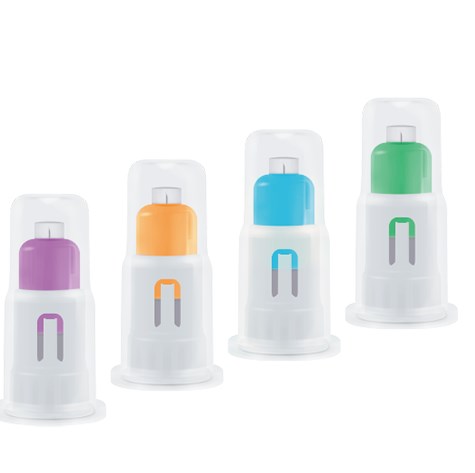Key points about syringes with needles
2024-01-24
Syringes with needles are medical devices used for various purposes, including administering medications, drawing blood, or injecting fluids. They consist of two main components: the syringe, which is a cylindrical tube with a plunger, and the needle, which attaches to the syringe for delivering or withdrawing fluids. Here are some key points about syringes with needles:
1. Components:
- Syringe: The syringe is a tube with a graduated scale, allowing precise measurement of the volume of liquid being drawn or injected. It has a plunger that can be pushed to expel or withdraw the fluid.
- Needle: The needle is a hollow, pointed metal tube that attaches to the syringe. It comes in various sizes and gauges, with different lengths and thicknesses depending on the intended use.
2. Types of Syringes:
- Luer-Lock Syringes: These syringes have a threaded tip that securely locks the needle in place. Luer-lock syringes are commonly used to prevent accidental needle dislodgement during use.
- Slip Tip Syringes: These syringes have a smooth, tapered tip into which the needle is pushed. They are simpler to use but may be more prone to needle dislodgement.
3. Needle Safety Features:
- Some syringes come with safety features, such as retractable needles or shields, to reduce the risk of accidental needlestick injuries after use.
4. Sizes and Measurements:
- Syringes come in various sizes, typically measured in milliliters (mL). Common sizes include 1 mL, 3 mL, 5 mL, 10 mL, and 20 mL. The appropriate size is chosen based on the volume of fluid to be administered or withdrawn.
- Needle gauges are denoted by numbers; smaller numbers indicate larger needle diameters. Needle lengths can vary based on the intended use, such as intramuscular or subcutaneous injections.
5. Disposable vs. Reusable:
- Most medical syringes are designed for single-use (disposable) to prevent contamination and the spread of infections. However, some syringes are designed to be sterilized and reused in clinical settings.
6. Medical Applications:
- Syringes with needles are used in a variety of medical procedures, including vaccinations, insulin administration, blood draws, and the administration of medications via intramuscular, subcutaneous, or intravenous routes.
It's important to use syringes and needles in accordance with healthcare guidelines and regulations to ensure patient safety and prevent the spread of infections. Healthcare professionals must follow proper protocols for disposal to minimize the risk of needlestick injuries and transmission of bloodborne pathogens.



